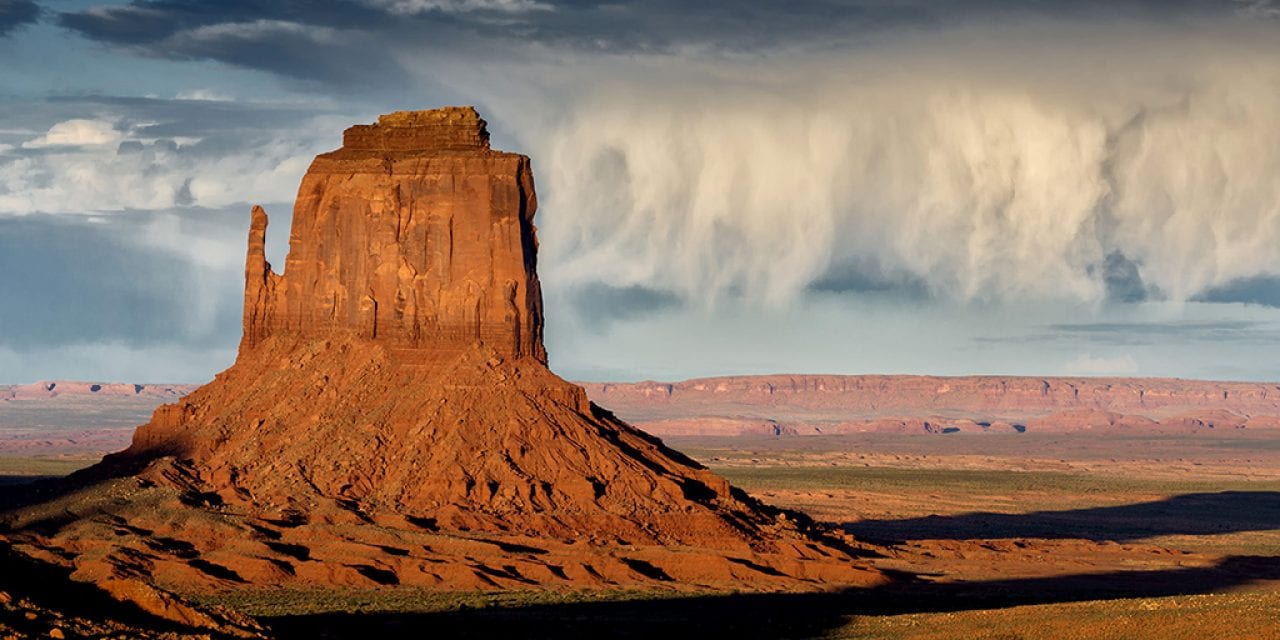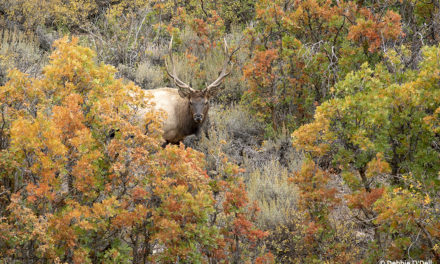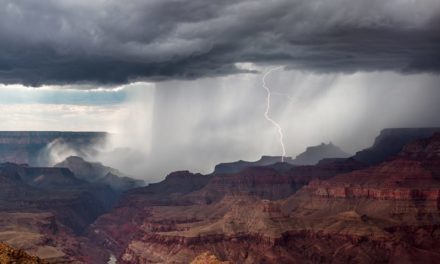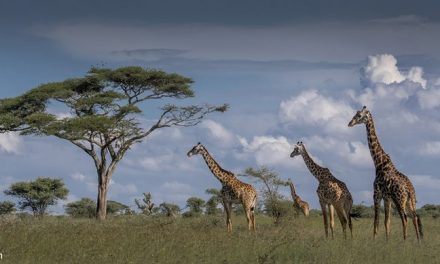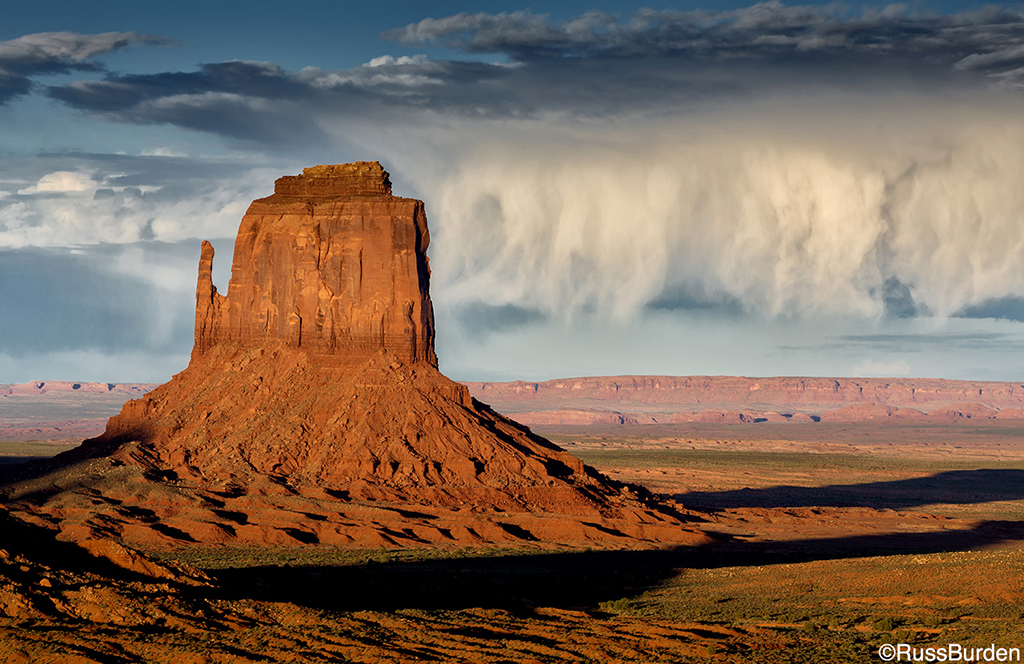
In part one of this series, I addressed front light, and in part two, I wrote about backlight. Now, in part 3, I tackle sidelight and soft light.
To create a quality image, there are three key ingredients; the appeal of the subject, good composition and the quality of light. For nature subjects, look for the subject with the best coast, feather structure or most appeal. Photograph the best-looking bison as opposed to one that’s tattered and worn. Compositionally, move your tripod so there’s balance. If it’s weighted too heavily at the top or side, move yourself or the tripod. Just because you plopped it down in location A, a better composition may only be 6 inches away. As photographers, we “claim” a piece of territory and sometimes force the image rather than admit we placed the camera in the wrong spot. To that I respond, “No medals for obstinance—move the tripod and admit guilt.”
If you arrange a quintessential composition, include an iconic subject. Place it in a location that contains the most inspirational light. Without good light, the image suffers. Think about the word photography: Photo = LIGHT and Graphy = TO WRITE. The very word means to “write with light.” Better “penmanship” combined with a “great choice of words” nets desired light!
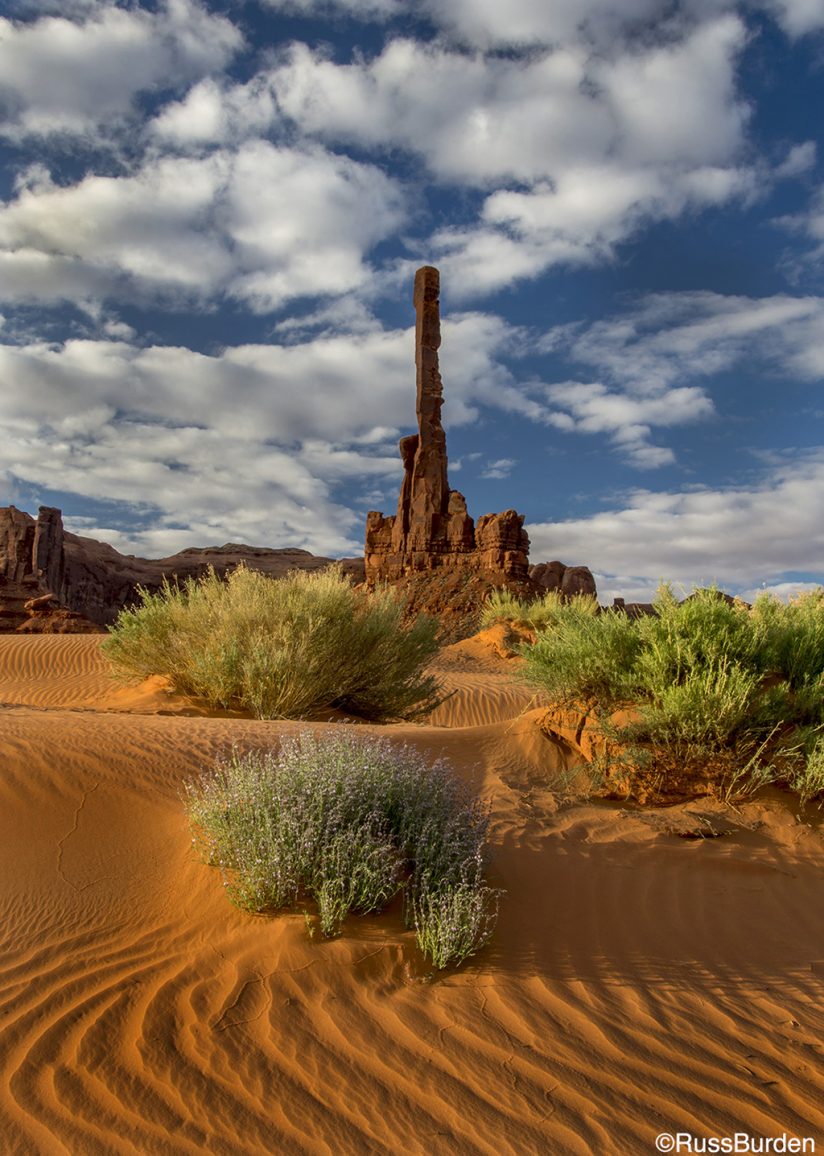
Sidelight
Sidelight brings out the three-dimensional aspects of a subject. Textures, patterns, shapes and form are well defined. As light rakes across the subject, peaks and valleys of light and shadow are revealed. These areas of contrast net more depth. In a two-dimensional medium, a three-dimensional effect is created.
Sidelight comes from a 90-degree angle to the camera. Shifting the source of illumination 10 to 15 degrees in one direction or the other still maintains a strong effect. This dictates making images at sunrise or sunset. These times produce the greatest amount of sidelight because the sun is close to the horizon.
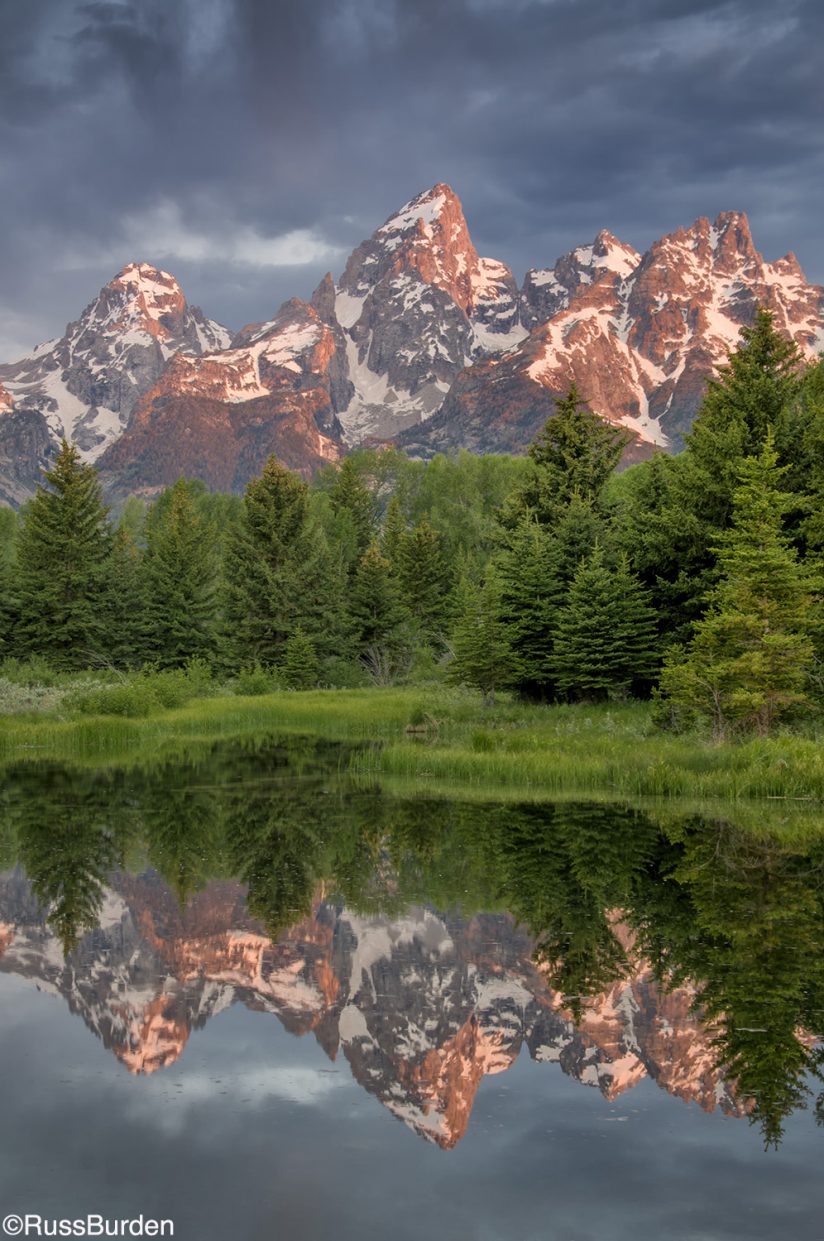
Although wildlife is my primary subject matter, I still make plenty of landscapes. Landscapes that are front-lit are flat in appearance and lack dimensionality. To bring life to a landscape, photograph them when they’re side-lit. Over the course of a year, the sun rises and sets farther north or south. This may dictate returning to an area at a different time of year so the sun provides even sidelight.
Sidelight can be used to separate a subject from its background. With midday front light, both the subject and background receive light. The background becomes just as bright as the subject. If it creates distractions, regardless of how beautiful the scene is, it falls short. If you return to the same location at sunrise or sunset, the light strikes the subject from the side. The result is a background that doesn’t compete and nets a more pleasing image.
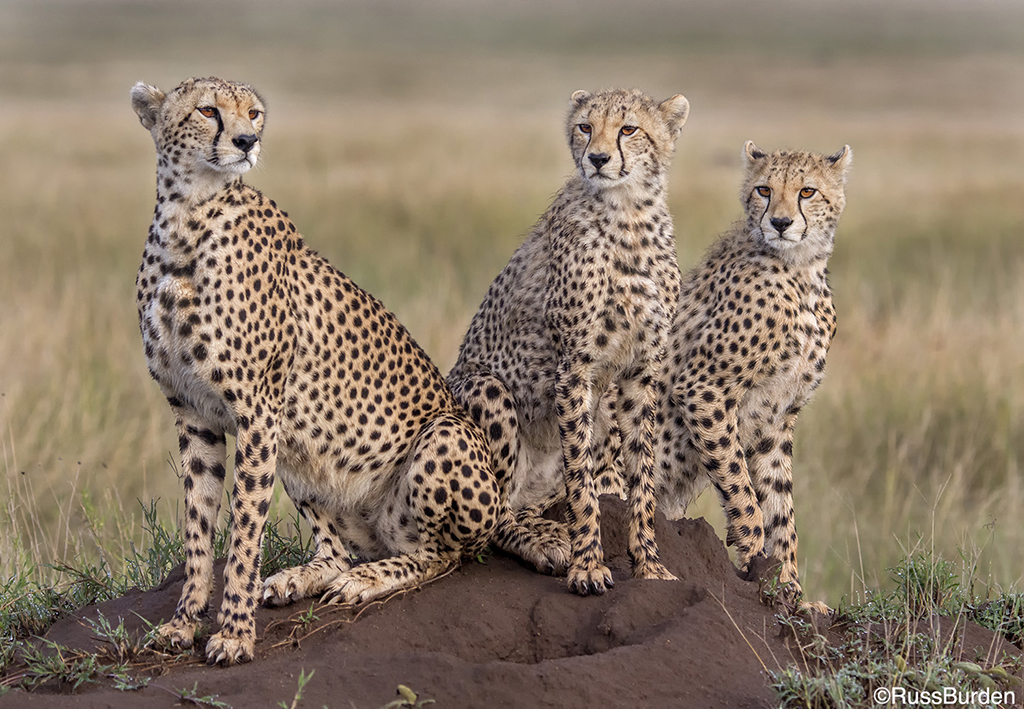
Soft Light
Soft light is nondirectional and produces an even wraparound effect. Detail isn’t lost in bright highlights or deep shadows. Outdoors it’s created on bright overcast days or in the shade. Certain subjects are better shot when soft, ambient light exists. Flowers and people are two that immediately come to mind. People work well because the light is even and wraps around the face. Shadows under the nose and chin are nonexistent and the eye sockets don’t become dark areas void of detail. Flowers work well because of their delicate qualities. Delicate subjects deserve delicate light.
The petals of a flower often vary in color from very light to very dark. Many species of water lilies have a bottom layer of white opening to another of saturated red and transitions to a center of combined light and dark tones. When shot in bright sunlight, the extreme contrast range causes problems. The use of flash or a reflector can help tame it, but the quality of light is still harsh. There’s nothing like bright overcast conditions to bathe a flower in soft light revealing detail in every section.
Animals can be photographed all day when the light is soft. My fantasy photo day starts with warm direct front light on all wildlife subjects I encounter. This lasts 1 1/2 hours. Then thin overhead clouds roll in to soften the light. This goes on until 1 1/2 hours before sunset. At that time, the clouds part and I’m bestowed more warm sunset light. If the thin clouds fail to come in, midday light is too harsh to make great wildlife images. The soft wraparound effect created by diffusing the sun allows me to continue making photos of any animal.
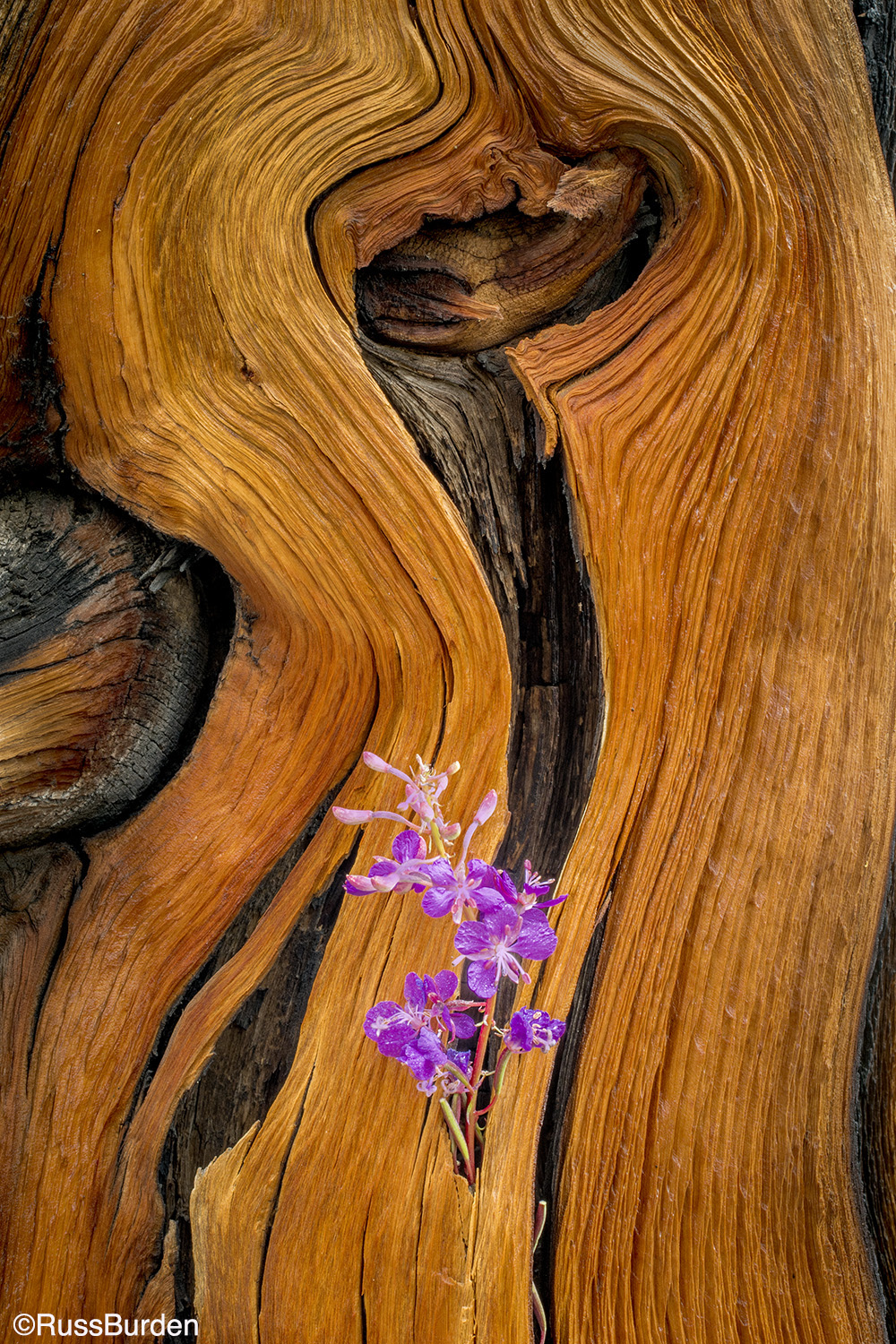
Scenic photography most definitely works better with gorgeous sunrises and sunsets. The sweet light of early morning and late afternoon produces dramatic results. But should the clouds become obstinate, I shift gears. It’s not time to quit for the day. It’s time to look at other subject matter. I move in close and search for details. Excellent pictures can still be made. Lichen-covered rock, wildflowers, rock patterns, waterfalls, decaying wood and weathered barns all make great subjects. Don’t despair and always remember, “It’s All About The Light.”
I’ll end this series by addressing dramatic light next week in part four.
Visit www.russburdenphotography.com for information about his nature photo safaris to Tanzania.
The post The Guiding Light, Part 3: Sidelight And Soft Light appeared first on Outdoor Photographer.

